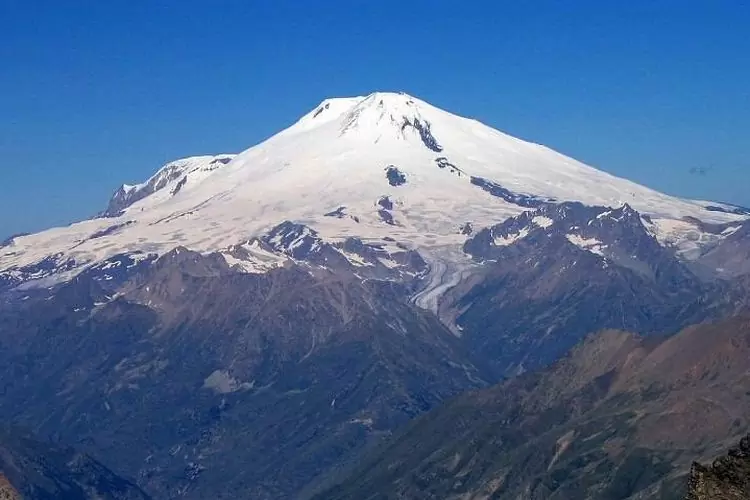The El Niño weather pattern this year has become a serious scourge for the Southeast Asian region. In Indonesia, this phenomenon can even cause the eternal snow in the Jayawijaya Mountains to melt.
According to the Meteorological, Climatological, and Geophysical Agency, Puncak Jaya’s “eternal snow” continues to experience melting due to the effects of climate change, especially in 2015-2016, when a strong El Niño hit Indonesia, which triggered a warmer surface temperature. As a result, the landscape in Puncak Jaya melts up to five metres per year.
“The El Niño phenomenon in 2023 has the potential to accelerate the extinction of Puncak Jaya’s ice cover. This reality has a major impact on various aspects of life in the region,” said the Meteorological, Climatological, and Geophysical Agency Head, Dwikorita Karnawati, in a written statement, on Wednesday, 23rd August 2023.
This was also highlighted by a number of foreign media. Reuters, for example, summarised the threat in an article entitled “El Niño could destroy Indonesia’s rare tropical glaciers by 2026”.
Quoting a Meteorological, Climatological, and Geophysical Agency climatologist who also led the Climate Change Impact Study on the Glacier in Puncak Jaya, Donaldi Sukma Permana, he witnessed that Indonesia is in danger of disappearing very quickly.
“The glaciers may disappear before 2026, or even sooner, and El Niño could speed up their melting process,” said Permana, referring to the so-called ‘Glaciers of Eternity.’
The glaciers, which he says are one of the few remaining sights in the tropics, are the 4,884 metres (16,000 feet) Carstensz Pyramid and the East Northwall Firn, which is 4,700 metres (15,420 feet) high, in the Jayawijaya mountains in the easternmost region of New Guinea.
The glaciers have thinned significantly in recent years, said Permana, to eight metres (26 feet) in 2021 from 32 metres (105 feet) in 2010, while their total area fell to 0.23 square kilometres in 2022, from 2.4 square kilometres in 2000.
But nothing can be done to prevent this shrinkage, he said, adding that the event could disrupt regional ecosystems and trigger global sea level rise within a decade.
“We can now document the extinction of the landscape,” Permana added. “At least we can tell future generations that we used to have a view.”
Saudi Arabian media, Arab News, also highlighted the same thing. In an article entitled “Melting faster than before, glaciers that are rarely known in Indonesia may disappear in 2025”, the media said, “glaciers that are rarely known in Indonesia” may disappear in early 2025.
“Snow in Puncak Jaya will disappear soon. This is happening because of global warming. Since the temperature at the peak has increased, snow can no longer be a sight,” Dodo Gunawan, Head of the Meteorological, Climatological, and Geophysical Agency, Climate Change Department, told Arab News.
According to the World Meteorological Organisation, tropical scenery is a very sensitive indicator and determinant of climate change.




